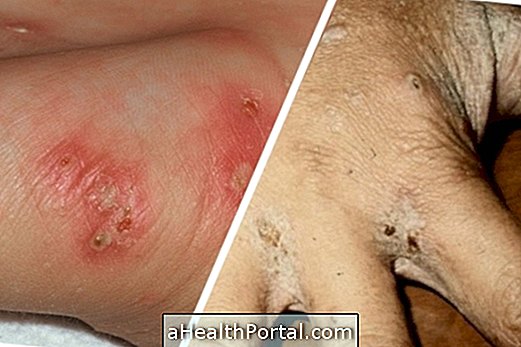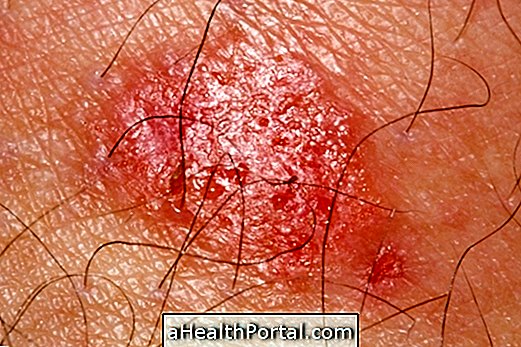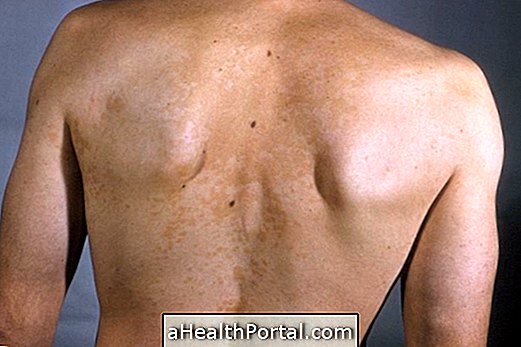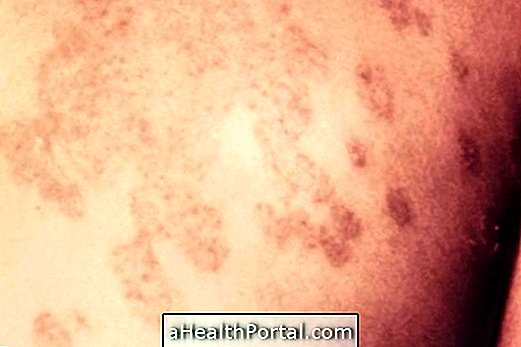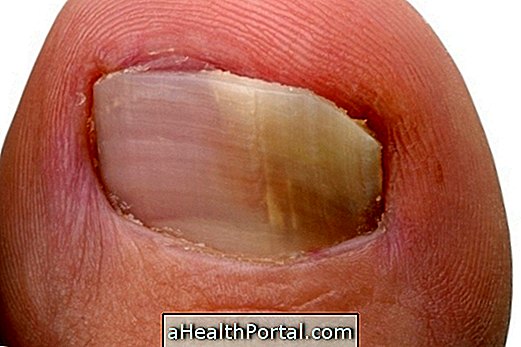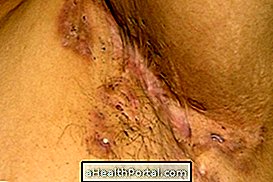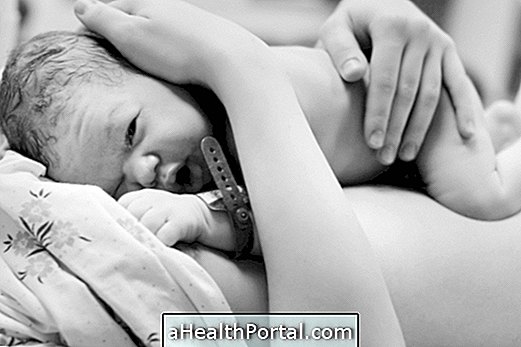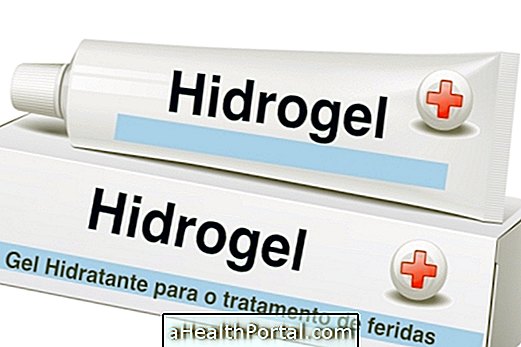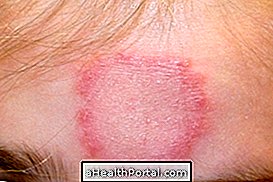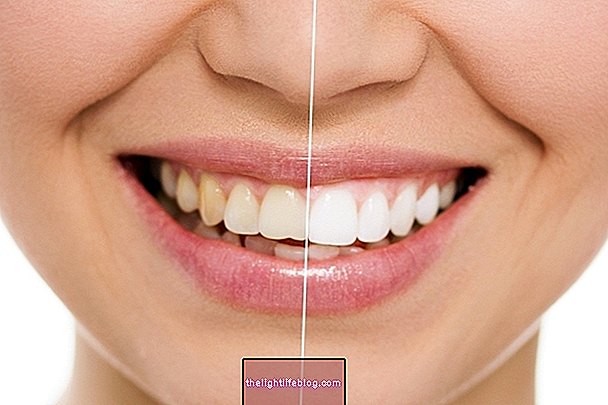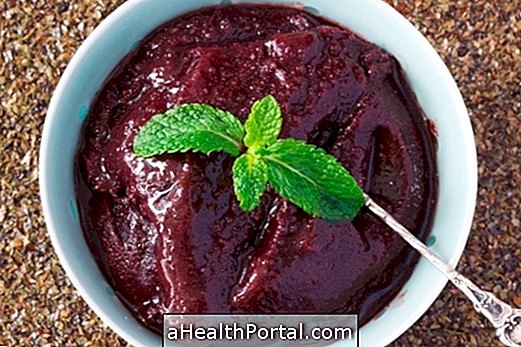Dermatitis is an allergic skin reaction that causes symptoms such as redness, itching, peeling and formation of small blisters filled with clear fluid, which may appear in some areas of the body or spread throughout the body.
Dermatitis can occur at any age, even in infants, especially allergy or diaper contact with the skin, and can be caused by contact with any substance that causes allergy, side effect of some medication, poor blood circulation or very dry skin, for example.
Dermatitis has a cure and your dermatitis treatment depends on its type and cause but can usually be done with medicines or creams prescribed by the dermatologist.
Main types of dermatitis
The main types of dermatitis are identified according to their symptoms or cause and therefore can be divided into:
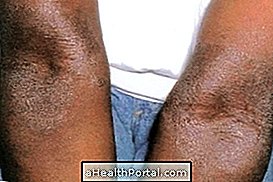

1. Atopic dermatitis
Atopic dermatitis is a type of chronic skin dermatitis characterized by the appearance of grayish red lesions, which cause itching and sometimes scaling, especially in skin folds. See more in: Atopic dermatitis.
How to treat: It can usually be controlled with antihistamines and moisturizing creams or corticosteroids, such as Fenirax.
2. Seborrheic dermatitis
Seborrheic dermatitis is an inflammation of the skin that causes the appearance of redness or peeling of the skin, especially on the scalp and some areas of the body, and may also be known as dandruff. Learn more: Seborrheic dermatitis.
How to treat: It is usually treated with the use of anti-dandruff shampoos, such as Linic or Clear, with repairing creams, such as Bepantol, or corticoid ointments such as Cortitop, for example.


3. Dermatitis herpetiformis
Dermatitis herpetiformis is a chronic skin disease caused by gluten intolerance, which is characterized by small blisters that cause a burning sensation and intense itching.
How to treat: Treatment should be done with a diet low in gluten and intake of medicines such as Dapsone. Learn more about how to treat in: Dermatitis herpetiformis.
4. Ocher dermatitis
Ocher dermatitis, or stasis dermatitis, is characterized by purplish or brown coloration in the legs and ankles due to blood accumulation, especially in the case of varicose veins.
How to treat: The treatment is usually done with rest, use of elastic stockings and elevation of the legs.


5. Allergic dermatitis
Allergic dermatitis, also known as contact dermatitis, causes blistering, itching, and redness on skin sites that have been in direct contact with an irritant, such as jewelry or cosmetics. Here's how to treat it: Allergic dermatitis.
How to treat: Avoid contact between the skin and the allergen substance, as well as apply emollient creams such as Mustela or Uriage.
6. Exfoliative dermatitis
Exfoliative dermatitis is a severe inflammation of the skin that causes scaling and redness on large areas of the body, such as the chest, arms, feet or legs. Learn more at: Exfoliative dermatitis.
How to treat: Hospitalization is usually necessary to make corticoid medicines directly into the vein, such as betamethasone or dexamethasone.
Other types of dermatitis
In addition to the types of dermatitis described above, there are still other common types of dermatitis which include:
- Diaper Dermatitis: It can also be known as rash and is characterized by irritation of the baby's skin in the area covered by the diaper due to skin contact with the diaper plastic, and which can be treated with ointments for proper rusting and cleaning of the site;
- Perioral dermatitis: is characterized by the appearance of pink or reddish irregular patches on the skin around the mouth, more common in women between the ages of 20 and 45;
- Nummular dermatitis consists of the appearance of rounded, burning and itchy spots that develop into blisters and then crust due to skin dryness and bacterial infections and can be treated with antibiotics, creams and corticosteroid injections.
In any type of dermatitis it is recommended to consult the dermatologist to make the correct diagnosis of the problem and to start the appropriate treatment.
Read also: Feeding to improve dermatitis.
